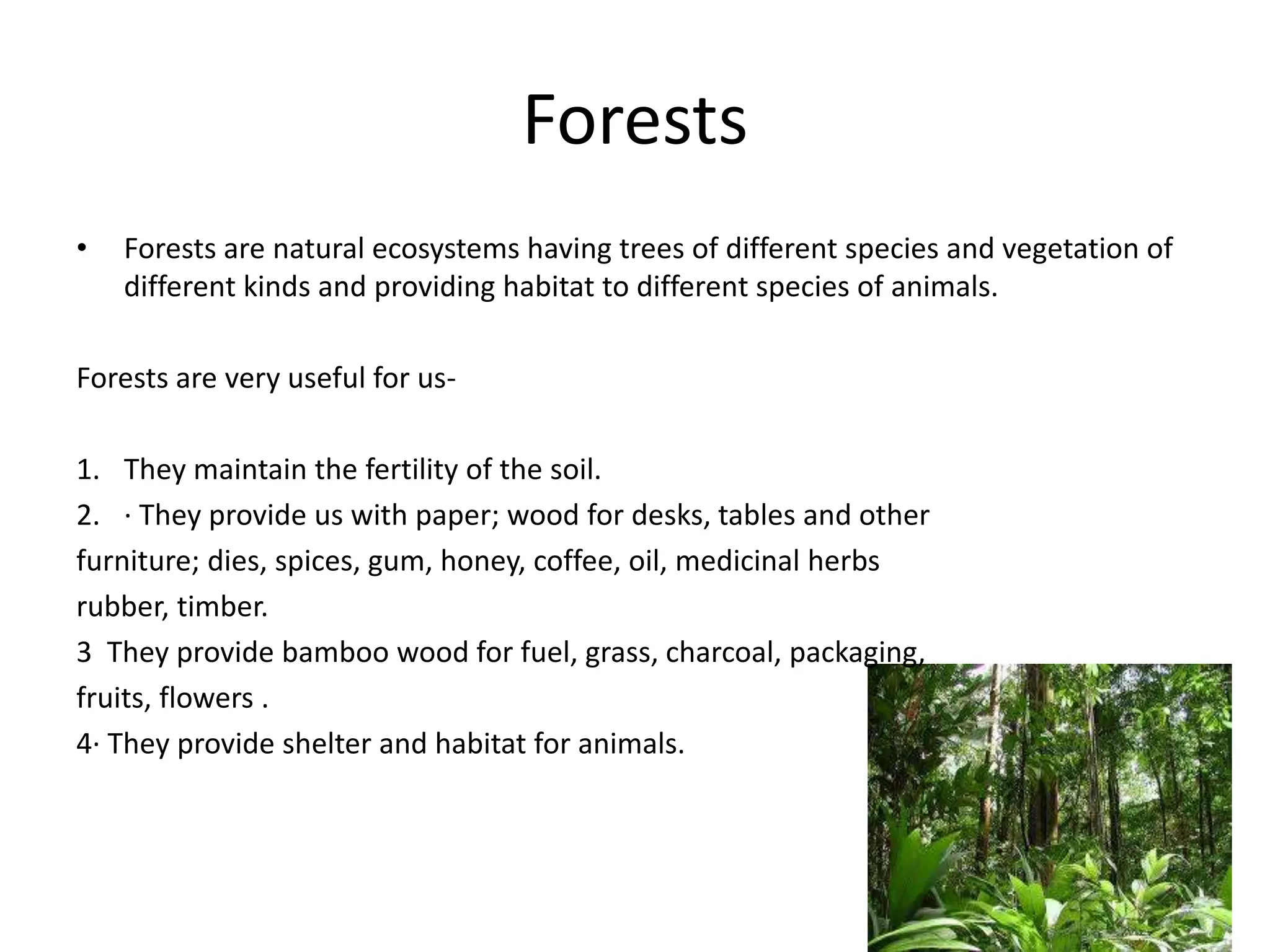- The document discusses how colonialism negatively impacted forests and forest-dependent communities in India and Java.
- In India, the British cleared forests for agriculture, railways, and plantations, displacing shifting cultivators and nomadic groups. They established scientific forestry that prioritized commercial uses over local needs.
- In Java, the Dutch restricted forest access, causing the Surantiko Samin movement to protest loss of traditional rights.
- Wars also led to indiscriminate logging and destruction of forest resources to prevent enemy gains.
















